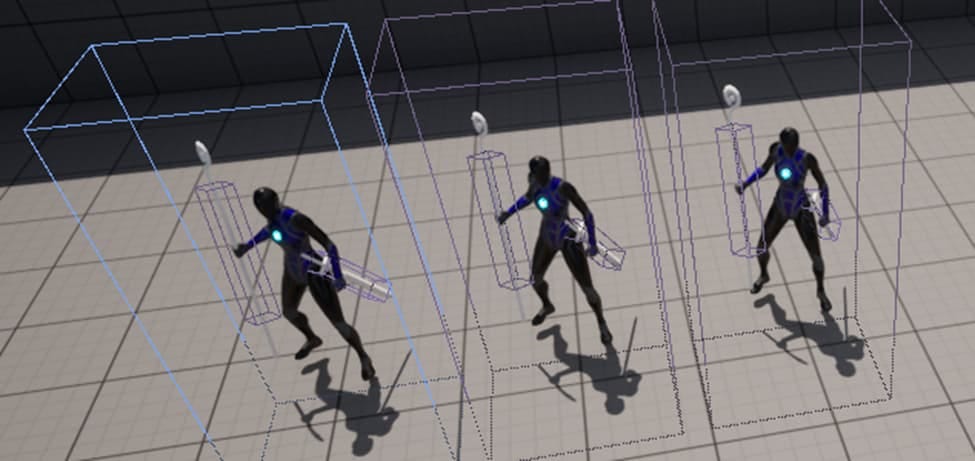Logic & The Unconscious - Generation Part 2
Part 2 of my Generation lecture looks at building forward off of a text's opening space and structural design to follow it where it wants to go through pace, tone, image, and exploration
Continued from Part 1 of Generation lecture.
APPROACH
You’ve got a mood and a certain framework, a cue perhaps. Where do you begin?
What comes to mind? While sitting within the space of the frames, what words start coming out of you? Write them down. Don’t worry about making sense. Does writing those words down, a sentence perhaps, inspire you to write another coming off of it, commenting on it perhaps, or expanding the idea, giving something direction? Or maybe instead of a string of sound, you see an image. Describe the image, tracing out the most particular parts of it, the ones that make it strange. One word perhaps will predict the next via its sound, its shape, its inherent identity, though you also can intentionally choose the next word to try to throw that off. Sound is important, but so is logic; let them intermingle, play off themselves. Don’t worry too much in the beginning about what you’re talking about; you will continue to pursue its revealing slowly as you go; or you won’t! Let the sound of the aim of a phrase get typed out. Let a period give you some pause and then respond to the urge as it continues to be typed. As you keep typing, you might hold something about the previous sentence over, continue to prod it, make it shudder. Connect some things together that might not have ever wanted to be, find how they fit.
Is there a person in that first sentence? An animal? A sky? How is that person moving? What about them? Where has the sky been? For how long? What else is happening? Keep opening the world up, while also trying to hold in your mind the developing field that’s being struck, continuing to press at it, find something strange there, something giving off heat or quavering. Writing often, to me, is a balance between holding what you have in hand and pushing out away from it in feeling, seeing what it connects to. Let something happen, using words. Say it plainly, or say it slightly off from how you’d normally say it, letting words come out you didn’t know you wanted there, then try to figure out how to make them work. Say something you have to figure out after you’ve typed it, then make that something do something else (the logic you use exploring an unknown can be like a character in and of itself). Let a few sentences fall together a form a little image or a picture or an action, or a history, a shade, a sense. Keep pushing it until you feel like you’ve got something that’s popping its head out of the darkness, showing you its teeth.
Now turn away. Or not away, but push that energy over, into another form of manner. Perhaps start a new paragraph, stemming off from the feeling or physics of what that last sentence rolled you over into. Again, it’s not so much worrying about making sense before you say something, but allowing a curiosity to expand, and to provide fiber as you continue to give that feeling enough development that it starts to do work. Logic of description might make you push that person with a name in the first paragraph to be moving somewhere, doing something. Don’t worry about why. Ask some questions. The questions don’t have to be answered. The answer can change the question on itself. Trust your intuition, and allow your logic to interrogate or inform or challenge that intuition as it unfolds. Develop narrative by coming back to small places or images established prior, pushing them further; allow chaos to introduce something new; then see what those two things do together, where they are going. Blurt things, then erase them if you want, take only a part of them, keep extending. In drawing a picture of a face, you can only awaken one feature at a time, and yet you can move your hand all over the page, stroking out a little of an eye here, some of a mouth. Stop and look at what you’ve done, but not too long. Start a new sentence.
After a while you’ll have a couple paragraphs, a page. Are you satisfied with how the writing sounds, regardless of not knowing what the page means, or what it wants (or knowing some of it, in where the person you are is reflected, but not knowing why or what)? What else can you say about what is revealing itself? What corner can you turn in the image and find something else lurking?
Is this scene over, or does it keep unfurling? How little or how long? What do you want the reader to see? What do you want them to not see, but in its feeling in their minds? Infect them.
There’s no way to tell you how to write, nor should there be. Play with it. Jostle it. Turn it around. Language is code, mirages. Type things to see how they feel being typed, then try to keep them running, rolling over into what you’ve already made known. Extend the picture, let something crash or foam. Trickle out some facts you feel you know about what you feel there, or what you don’t and wish you could. Keep going until the urge leaves you. Try to push through the absence of the urge. Don’t force it. Forge a trail and then disappear. The trail will still lead to something. It will survive you, unless you erase or reroute it later. Get up and take a break, look out the window, open a book, eat something. See what you see there. Come back and start a new paragraph, or a new page.
MODULARITY
Now you have a page, or a scene, or something. You have a set of words. What next?
Keep reading with a 7-day free trial
Subscribe to Dividual to keep reading this post and get 7 days of free access to the full post archives.



